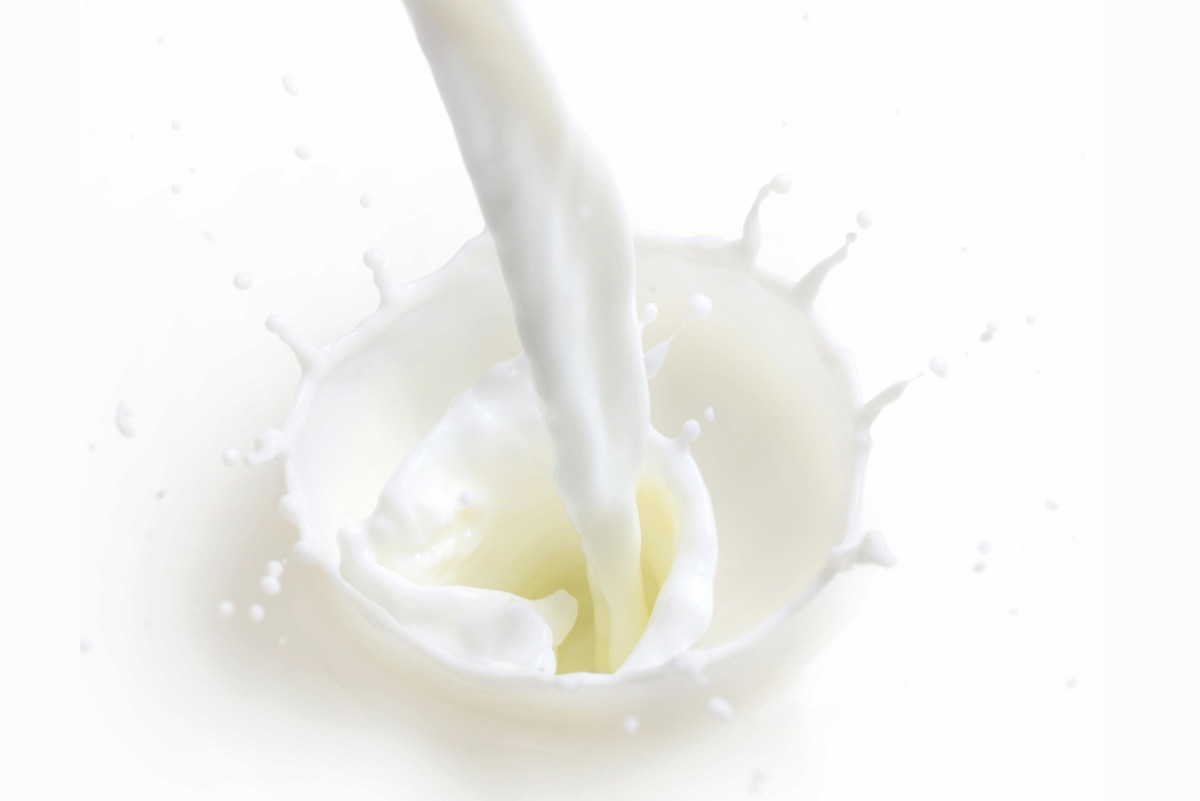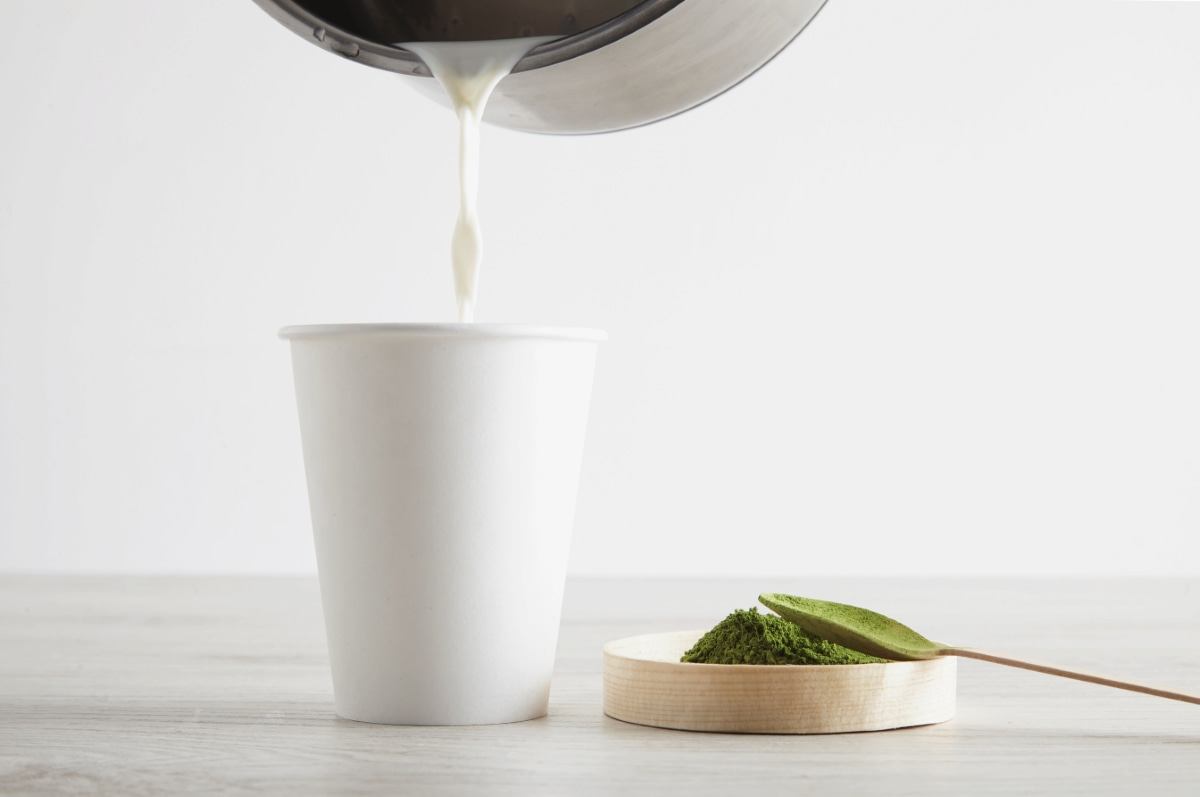Many avid gardeners frequently look for economical and environmentally friendly methods to improve the vitality and well-being of their plants. One such innovative approach is using spoiled milk, a common household item that usually ends up as waste. The concept of using spoiled milk for plant care might raise some eyebrows, but it’s grounded in practical benefits. Rich in calcium and other essential nutrients, spoiled milk can be a boon for gardeners looking to nurture their plants naturally.

This article delves into the multifaceted uses of spoiled milk in gardening, from creating a DIY plant tonic to maximizing its nutritional value and avoiding potential pitfalls. By understanding how to use spoiled milk effectively, gardeners can turn a common kitchen leftover into a valuable resource for plant health and soil enhancement.
How to Use Spoiled Milk for Plants
Benefits of Using Spoiled Milk for Plants
Spoiled milk is often considered waste, but it can be a valuable resource for gardeners. When you use spoiled milk on plants, it provides them with calcium and other essential nutrients. This practice raises a common question: can you put spoiled milk on plants? The answer is yes. Calcium, found abundantly in milk, is vital for plant growth, strengthening plant cell walls, and aiding in nutrient absorption.
This is particularly beneficial for which plants like milk, such as tomatoes, peppers, and roses, known for their calcium-loving nature. How to use milk for plants is simple and effective, enhancing growth and vitality. Unlike commercial fertilizers, spoiled milk is a natural, cost-effective option, reducing waste and benefiting the environment.
Prepare Spoiled Milk for Plant Use
Preparing spoiled milk for plant use is straightforward. The key is to dilute the milk to avoid harming the plants. A common watering plants with milk experiment involves mixing one part milk with two parts water. This dilution ensures that the milk provides nutrients without overwhelming the plants. The diluted milk can be used directly on the soil or as a foliar spray. When preparing how to use spoiled milk for plants benefits and application procedure, it’s important to remember that moderation is crucial. Too much milk can lead to unpleasant odors and attract unwanted pests.
Use Spoiled Milk as Fertilizer for Plants
Using spoiled milk as fertilizer is an excellent way to recycle waste while enriching your plants. What happens if you water plants with milk is a common concern, but when done correctly, the benefits are substantial. The calcium and proteins in milk strengthen plant health and promote more robust growth.
In case you missed it: How to Use Neem Oil on Lily Plants: Best Natural Way to Get Rid of Pests on Lily Plants

For an effective application, sprinkle the diluted milk solution around the base of the plants. This method ensures that the nutrients seep into the soil, reaching the roots where they are most needed. Spraying milk on plants as a foliar feed is also beneficial, especially for calcium-hungry plants.
Apply Spoiled Milk to Different Types of Plants
Different types of plants respond well to milk as a fertilizer. For example, flowering plants and vegetables like tomatoes and peppers thrive when nourished with milk. The application process is simple: gently pour the diluted milk solution at the base of the plant or use it as a foliar spray. This approach provides a nutrient boost, potentially making plants grow faster than water alone. However, it’s essential to monitor plants for any adverse reactions and adjust the frequency and concentration of milk application accordingly.
Incorporate Spoiled Milk into Compost
Incorporating spoiled milk into compost is another effective way to utilize this resource. Adding milk to compost enriches the nutrient content, accelerating the decomposition process and enhancing the overall quality of the compost. This enriched compost can then be used to improve soil structure and fertility, benefiting a wide range of plants.
Utilize Spoiled Milk to Control Powdery Mildew on Plants
Spoiled milk is not only a great fertilizer but also an effective natural remedy for controlling powdery mildew on plants. Spraying a diluted milk solution on affected plants helps to suppress the mildew without using harsh chemicals. This method is especially useful for organic gardeners looking for safe and natural solutions to common plant diseases. Regular application of milk spray can significantly reduce the occurrence of powdery mildew, promoting healthier plant growth.
Enhance Soil Health with Spoiled Milk
Finally, using spoiled milk can significantly enhance soil health. The nutrients in milk enrich the soil, improving its structure and fertility. This, in turn, promotes better root growth and water retention, creating a more hospitable environment for plants. By improving soil health, gardeners can expect more vigorous plant growth and higher yields. The practice of using milk in gardening is not only beneficial for plants but also for the environment, as it recycles a common household waste product into a valuable garden resource.
In case you missed it: Best Practices to Use Pumpkin Peel in Your Garden for Great Results

Create a DIY Plant Tonic with Spoiled Milk
Making a DIY plant tonic with spoiled milk is an ingenious way to provide your plants with essential nutrients. This homemade tonic is particularly effective for plants needing a calcium boost. To create it, mix equal parts of spoiled milk and water, ensuring the solution is well diluted to prevent any negative effects on the plants.
You can enhance this tonic by adding a bit of sugar or molasses, which serves as an additional source of carbohydrates for soil microbes. This tonic can be applied directly to the soil or used as a foliar spray, providing a versatile and natural solution for plant nourishment.
Maximize the Nutritional Value of Spoiled Milk for Plants
To maximize the nutritional value of spoiled milk for plants, it’s crucial to understand the specific needs of your plants. Spoiled milk is rich in calcium, protein, and other micronutrients beneficial for plant growth. To optimize its benefits, consider the specific requirements of your plants.
For example, leafy greens and flowering plants often require more calcium, making them ideal candidates for milk fertilization. Additionally, ensure that the milk is adequately diluted before application to prevent root burn and other adverse effects. Regular application of this nutrient-rich solution can lead to healthier, more robust plant growth.
Avoid Pitfalls when Using Spoiled Milk for Plant Care
Over-application of milk can lead to unpleasant odors, attract pests, and cause fungal growth. To avoid these issues, always dilute the milk before use and apply it sparingly. It’s also crucial to observe your plants’ reaction to the milk treatment. Some plants may be more sensitive than others, and signs of distress should prompt a reduction or cessation of milk application. Additionally, it’s best to use the milk solution immediately after preparation to prevent further spoilage and bacterial growth.
In case you missed it: List of Vegetables that Can Be Grown in Coastal Areas

Conclusion
The use of spoiled milk in gardening presents a unique and environmentally friendly approach to plant care. This practice not only recycles waste but also provides numerous benefits, including nutrient enrichment, disease control, and soil health improvement. By following the guidelines for dilution and application, gardeners can avoid potential drawbacks and effectively harness the power of this natural resource.
- Ultimate Guide to Ossabaw Island Hog: Breeding, Raising, Diet, and Care
- Ultimate Guide to Juliana Pig: Raising Facts, Size, Diet, Care, and Lifespan
- Raising Lleyn Sheep: Disadvantages, Price, Uses, Characteristics, and Care
- Ultimate Guide to Meishan Pig: Breed Facts, Breeding, Raising, and Care
- Ultimate Guide to Teacup Pigs: Raising, Diet, Lifespan, Cost, and Care
- Guide to Raising Poll Dorset Sheep: Facts, Profile, Characteristics, Uses, and Care
- Ultimate Guide to Bighorn Sheep: Characteristics, Diet, Lifespan, Breeding, and Lifecycle
- Ultimate Guide to Raising Katahdin Sheep: Farming Facts, Breed Profile, Uses, and Care
- Ultimate Guide to Raising Oreo Cows: Belted Galloways Farming Facts, Profile, Uses, and Care